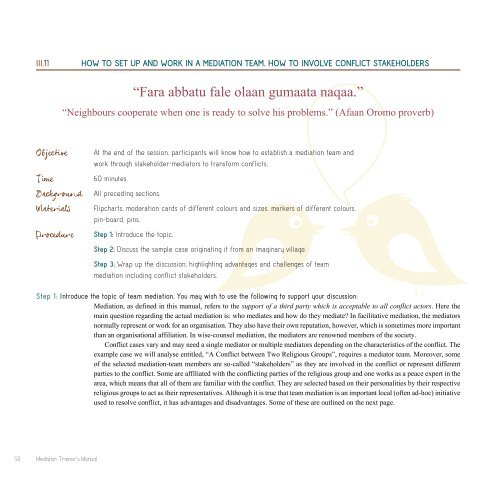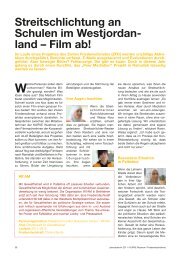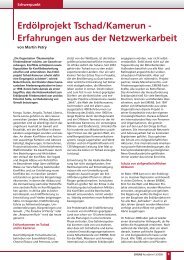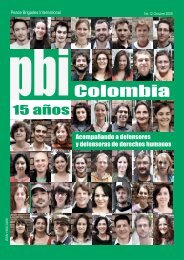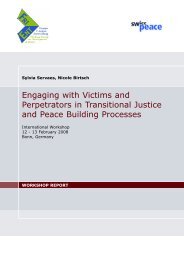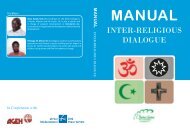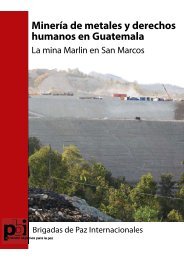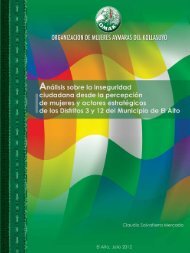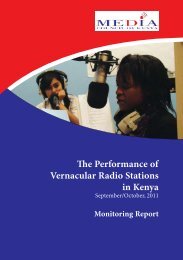Merging Ethiopian Wise-Counsel Mediation and Facilitative ...
Merging Ethiopian Wise-Counsel Mediation and Facilitative ...
Merging Ethiopian Wise-Counsel Mediation and Facilitative ...
- No tags were found...
You also want an ePaper? Increase the reach of your titles
YUMPU automatically turns print PDFs into web optimized ePapers that Google loves.
III.11How to set up <strong>and</strong> Work in a <strong>Mediation</strong> Team, how to Involve Conflict Stakeholders“Fara abbatu fale olaan gumaata naqaa.”“Neighbours cooperate when one is ready to solve his problems.” (Afaan Oromo proverb)At the end of the session, participants will know how to establish a mediation team <strong>and</strong>work through stakeholder-mediators to transform conflicts.60 minutes.All preceding sections.Flipcharts, moderation cards of different colours <strong>and</strong> sizes, markers of different colours,pin-board, pins.Step 1: Introduce the topic.Step 2: Discuss the sample case originating it from an imaginary village.Step 3: Wrap up the discussion, highlighting advantages <strong>and</strong> challenges of teammediation including conflict stakeholders.Step 1: Introduce the topic of team mediation. You may wish to use the following to support your discussion:<strong>Mediation</strong>, as defined in this manual, refers to the support of a third party which is acceptable to all conflict actors. Here themain question regarding the actual mediation is: who mediates <strong>and</strong> how do they mediate? In facilitative mediation, the mediatorsnormally represent or work for an organisation. They also have their own reputation, however, which is sometimes more importantthan an organisational affiliation. In wise-counsel mediation, the mediators are renowned members of the society.Conflict cases vary <strong>and</strong> may need a single mediator or multiple mediators depending on the characteristics of the conflict. Theexample case we will analyse entitled, “A Conflict between Two Religious Groups”, requires a mediator team. Moreover, someof the selected mediation-team members are so-called “stakeholders” as they are involved in the conflict or represent differentparties to the conflict. Some are affiliated with the conflicting parties of the religious group <strong>and</strong> one works as a peace expert in thearea, which means that all of them are familiar with the conflict. They are selected based on their personalities by their respectivereligious groups to act as their representatives. Although it is true that team mediation is an important local (often ad-hoc) initiativeused to resolve conflict, it has advantages <strong>and</strong> disadvantages. Some of these are outlined on the next page.92 <strong>Mediation</strong> Trainer’s Manual


